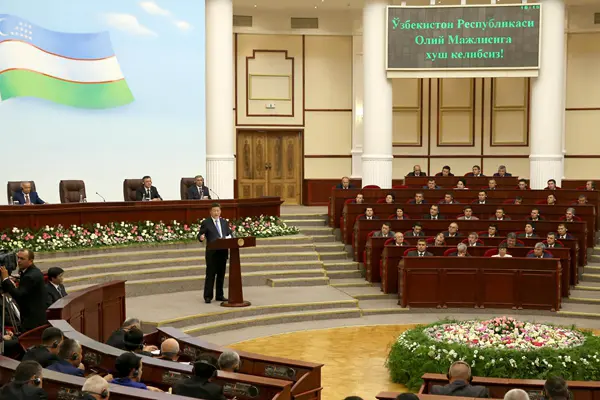Closer China-Central and Eastern Europe (CEE) relations, as seen in China upgrading its ties with Serbia and Poland recently, will add new momentum to a multi-polarized world.
International relations experts believe a multi-polarized world will help countries and regional organizations deal with challenges that may jeopardize common interests.
"International political relations filled with a unipolar hegemony and chaotic competition is not in line with global interests," said Cui Hongjian, a China-Europe relations specialist with China Institute of International Studies.
China-CEE relations are a major part of China-Europe ties, which will help lay a solid foundation for a multi-polarized world.
CEE countries may find China to be their best partner, especially at a time when the European debt crisis, the refugee crisis, possible terrorist attacks, an aging population and the Crimean crisis are yet to be solved, said Zhao Junjie, a researcher with Institute of European Studies of Chinese Academy of Social Sciences.
Now, a new challenge has emerged, said Zhao, referring to the Brexit referendum.
Then came the China-proposed "Belt and Road" initiative, which envisions building an open world economy based on mutual benefit.
Hu Angang, an economist with Tsinghua University, said the initiative, which embodies "win-win" spirit, is a guiding philosophy and a starting point for China to have benign interaction with the world.
China-CEE cooperation, also known as the 16+1 mechanism, agrees with the needs and interests of each side, said Zhao. "A bloc of emerging countries, CEE is in the process of industrialization and urbanization, while China, which offers experience in infrastructure construction and ample capital, is ready to make the most of opportunities in finance, investment, energy, agriculture and infrastructure construction."
After three years of mutual efforts, several achievements are of note.
Trade volume between China and CEE countries reached 56.2 billion U.S. dollars in 2015, a 28-percent increase from 2010. Chinese investment in the 16 CEE countries exceeded 5 billion dollars, while CEE has invested more than 1.2 billion dollars in China.
Connectivity has improved. A number of Chinese cities launched freight train services to Europe, including two lines linking China's Chengdu and Suzhou with Poland's Lodz and Warsaw.
Infrastructure construction is also a highlight, as seen in the opening of the Pupin Bridge on the Danube River in Belgrade in 2014, which was partly financed by the Exim Bank of China and built by a Chinese company.
Once the Serbia-Hungary railway is complete, it is expected that the traveling time by train between the two capital cities will be reduced from eight hours to less than three hours.
Pragmatic cooperation between China and CEE countries has provided a new model for the development of a multi-polarized world, said Cui, adding economic growth and improvement of people's livelihood in CEE countries will help solve the unbalanced development problem in Europe and will also add to the stability of the European Union.
"A stable and prosperous Europe will play a bigger role in a multi-polarized world," said Cui.
(APD)
 简体中文
简体中文

